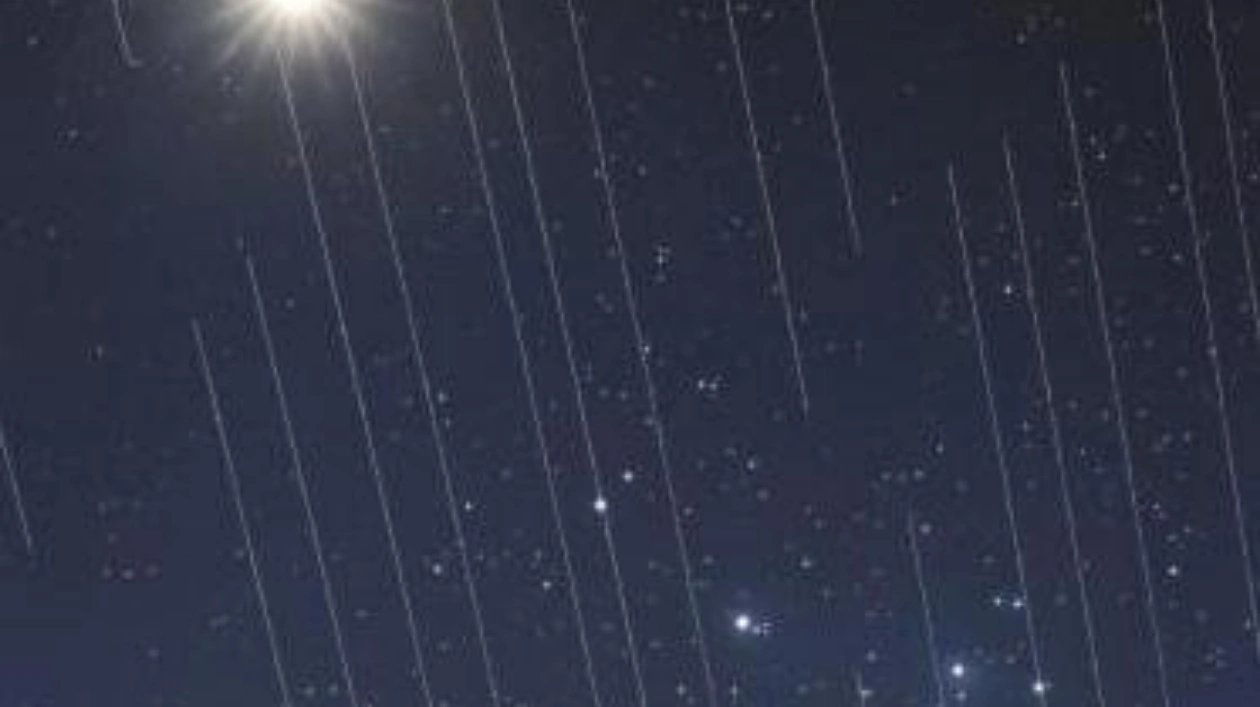Satellites hampering radio astronomy — Science News, October 5, 1974
In the past, satellites and probes launched by NASA and other entities successfully avoided interfering with the radio frequency bands designated for radio astronomy. However, recent developments have caused concern. The culprits are two major U.S. satellites launched in May...
When these satellites are positioned between an observer and their intended astronomical target, the observations become challenging or even impossible. While radio astronomers might tolerate one or two such disruptions, the presence of twenty or a hundred would be catastrophic for the field.
The conflict between astronomers and satellites has escalated. Since 2019, private companies have launched thousands of new satellites, far exceeding the astronomers' worst-case scenarios from the 1970s (SN: 3/12/20). As of September, there are over 10,000 active satellites orbiting Earth, with more being launched regularly (SN: 4/8/23, p. 5).
Astronomers fear an imminent catastrophe, partly due to the increased radiation emitted by modern satellites (SN: 9/30/24). Optical telescopes are also affected, as satellites leave bright trails across night sky images, complicating analysis. Efforts to address this issue through satellite modifications or orbit adjustments have yielded mixed results (SN: 10/9/21 & 10/23/21, p. 14).






